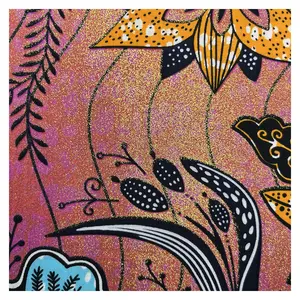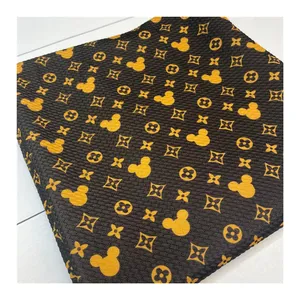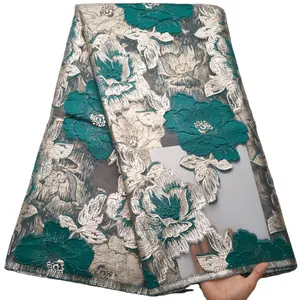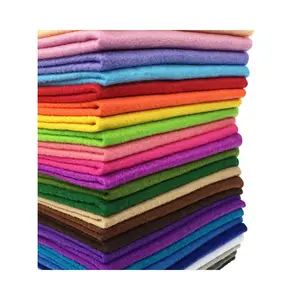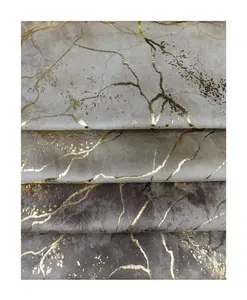Popular in your industry





















































Related Searches:






























































































































Top categories
About materials for tie dying
Introduction
Unleashing your creativity through tie-dyeing is a timeless and exciting endeavor. This vibrant art form, with roots in ancient Asia, has evolved and remained relevant through the centuries, becoming a symbol of the 1960s hippie era and continuing to captivate artists today. In this article, we delve into the best materials for tie-dyeing in 2023, exploring the importance of choosing the right fabrics and dyes, whether natural or synthetic. We'll also highlight the top dyes and fabrics of the year, essential tools for the process, and the necessary safety measures to ensure a successful and safe tie-dyeing experience.
Understanding Tie Dyeing: A Brief History and Its Modern Relevance
Tie-dyeing, a vibrant art form, has a rich history dating back to ancient Asia, where it was practiced as early as the 6th century. The technique gained popularity in America during the Roaring '20s and became iconic in the 1960s hippie era. Today, tie-dye shirts remain popular, offering a wide range of colors and styles. The process generally involves twisting, folding, and tying fabric before soaking it in warm, dye-filled water. This enduring craft, from ancient cultures to modern arts and crafts projects, has truly withstood the test of time.
The Art of Choosing Materials: An Overview
Choosing the right materials is crucial for successful tie-dyeing. Natural fabrics like cotton, rayon, hemp, bamboo, and linen bond easily with fiber-reactive dyes, ensuring vibrant colors. For dyes, one-step tie-dye kits and fiber reactive dyes are popular choices. One-step kits are easy to use, making them suitable for large groups, while fiber reactive dyes offer professional results and a wide color range. Both options are similarly priced and perform best when cured in a warm location for at least 24 hours.
Best Dyes for Tie Dyeing in 2023
In 2023, the top dyes for tie-dyeing include one-step tie-dye kits and fiber reactive dye kits. One-step kits offer bright, bold colors with minimal effort, coming with prefilled powdered dye bottles. Fiber reactive dye kits, while more time-consuming, result in beautifully blended colors. Both types of kits include essential accessories like gloves and rubber bands. For a quicker tie-dye process, two-minute tie-dye kits are a great option. For multiple tie-dye sessions, accessory kits, which require separate dye and fixative purchases, are a cost-effective choice.
Top Natural Dyes
Natural dyes have been used for over 4000 years, with the first known dye use found in Egypt. Today, we can create eco-friendly dyes from various sources like beets, cabbage, coffee, and turmeric. These dyes are not only environmentally friendly but also offer a range of vibrant colors. However, it's important to note that some dyes, like turmeric, don't require a mordant to attach to the fabric. This makes the dyeing process simpler and more accessible to beginners. Experimenting with natural dyes can lead to unique, beautiful results, making them a top choice for tie-dying in 2023.
Leading Synthetic Dyes
In the realm of synthetic dyes, one-step tie-dye kits stand out. They offer vibrant, bold colors with minimal effort. The kits include easy-to-handle squeeze bottles pre-filled with powdered dye, requiring only the addition of warm water. The dye sets in just six to eight hours, allowing for a quick tie-dye project. For those seeking a faster process, two-minute tie-dye kits are also available. Another notable synthetic dye is the fiber reactive dye kit, which produces beautifully blended colors, though it requires a longer setting time.
Best Fabrics for Tie Dyeing in 2023
When it comes to choosing fabrics for tie-dyeing, 100% cotton shirts are a reliable choice. They absorb dye well, leading to vibrant, long-lasting colors. Two-minute tie-dye kits, for instance, are specifically designed for use on 100% cotton shirts. Other options include unisex jersey tees and boys’ crew t-shirts packs, both of which are 100% cotton. However, for accessory kits, fabrics containing less than 35% synthetic fibers are recommended.
Natural Fabrics
The best materials for natural tie dye are cotton, linen, silk, or even wool. These fabrics are ideal for tie-dyeing as they absorb natural dyes well, resulting in vibrant and long-lasting colors. Before dyeing, it's crucial to wash your fabric. You don't have to dry your fabric since it will be soaked in the next step. A mordant, which helps the dye attach to the fabric, is used to make the pigments look brighter and last longer. This process involves boiling water and adding alum.
Synthetic Fabrics
Synthetic fabrics, while not as ideal as natural ones, can still be used for tie-dyeing. Polyester can be tie-dyed, but it doesn't absorb color as well as cotton. Faux fur is challenging to dye due to its thickness and tendency to fade. Nylon, on the other hand, absorbs color well, but requires specific dyes for vibrant results. Craft felt is not recommended for tie-dyeing as it alters its texture when wet and loses a lot of color during rinsing.
Essential Tools and Accessories for Tie Dyeing
When it comes to essential tools and accessories for tie-dyeing, kits like one-step tie-dye kits and accessory kits stand out. These kits come with easy-to-handle squeeze bottles pre-filled with powdered dye, disposable gloves, and rubber bands. One-step kits require only warm water to activate the dye, while accessory kits include a microwave container that speeds up prep time. However, accessory kits require separate purchases of liquid fabric dyes and dye fixative. Both types of kits make the tie-dyeing process straightforward and manageable, even for beginners.
Safety and Precautionary Measures
Tie-dyeing is generally safe, but precautions are necessary. Protect yourself and your workspace by wearing gloves and covering surfaces. Avoid skin, eye, and clothing contact with dyes, and don't inhale dye powder. Soda ash, a key chemical in tie-dyeing, can irritate skin, so gloves are recommended when handling it. Fiber-reactive dyes are not toxic, but can stain skin and surfaces. Always supervise children under 8 years old during tie-dyeing activities.
Conclusion
Tie-dyeing is a vibrant and enduring art form that allows us to express our creativity and make unique, colorful designs. The key to successful tie-dyeing lies in the careful selection of materials, from the right fabric—be it natural like cotton or synthetic like polyester—to the choice of dyes, which range from eco-friendly natural dyes to bold and vibrant synthetic ones. The top dyes for 2023 include one-step tie-dye kits and fiber reactive dye kits, while 100% cotton shirts remain the go-to fabric. Essential tools like squeeze bottles, gloves, and rubber bands simplify the process, making it accessible even for beginners. Remember, safety is paramount, so always take necessary precautions. With the right materials and safety measures, you're all set to unleash your creativity through tie-dyeing in 2023.
